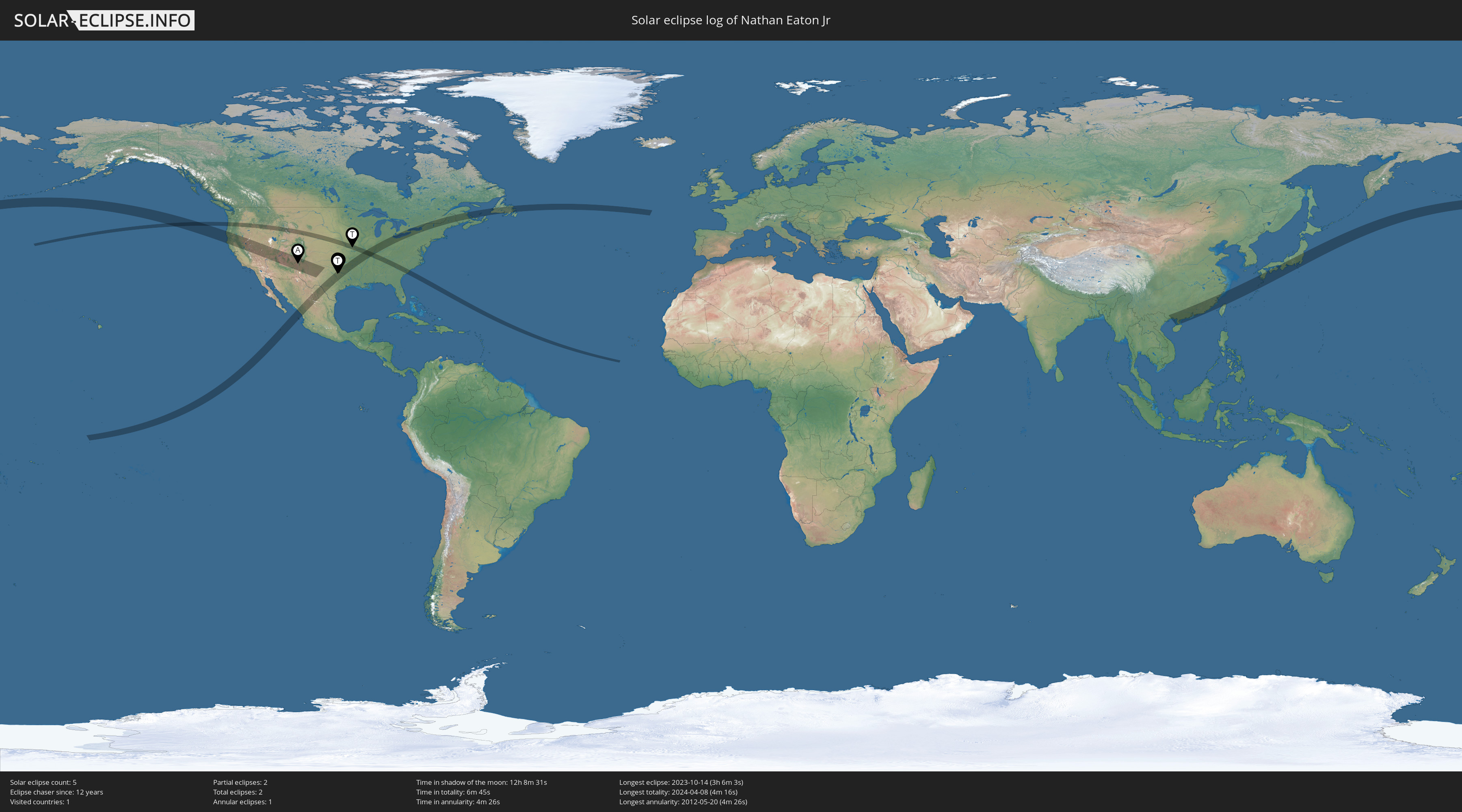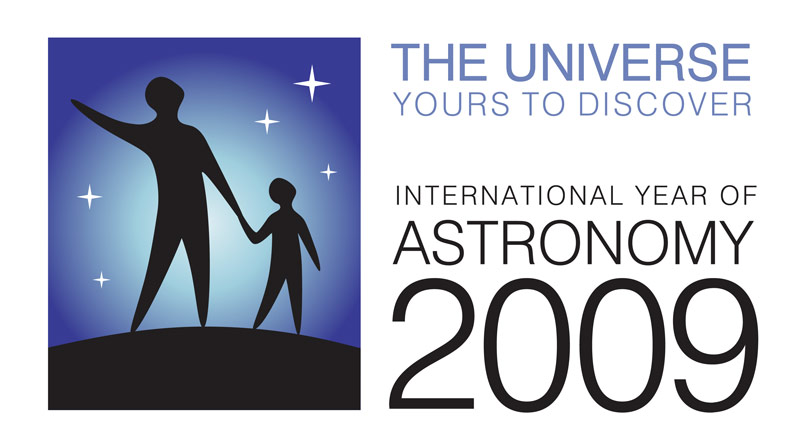UPDATE: Keep reading for the "rest of the story" but here is the same image as below but cropped vertically to focus attention more on the ISS trail. Enjoy!
Our granddaughter Harper stayed with us this week. During the day, she was attending Dallas Parks & Recreation Outdoor Adventure Camp and the theme this week was photography. As I am an avid shutterbug I also spent a little time each evening with her, messing around with cameras, talking about how to take good pictures, etc.
As I was checking to see what the evening weather would be with the idea that we could maybe take some night sky shots, I noticed that Tuesday evening the International Space Station (ISS) was going to be passing over. Even better, it would be rising just over downtown when seen from up by White Rock Lake. That night around 9:00 pm, we headed up to Winfrey Point and set up my Nikon D750 with an Irix 15mm wide angle lens. Once the camera was set up on the tripod, I let Harper take all the test shots and then we set the camera to shoot a sequence of 20 second shots. ISS was going to be visible for about 7 minutes, only 3 of which would be visible to the camera facing due west. After it passed overhead, we also tried capturing shots to the northeast but lights and trees were in the way.
The next day we loaded the captured images into Lightroom and I did some basic edits for exposure, contrast, etc. and then we loaded them as layers in a single image in Photoshop. As each layer contained a section of the ISS flyover, our goal was to follow instructions from this online article to stack all the images to end up with one image with a full track of the ISS, from when it was first visible (about 10 degrees above the horizon) until it passed out of the camera frame.
Unfortunately, while the weather report had been for clear skies, there was actually a lot of haze on the horizon and clouds across the path of the ISS. Here is the result of just stacking all the images.
Harper thinks this version is kind of cool and I agree. The streaks of the clouds are pretty surreal and the airplane trails and the few star trails convey a lot of action. The problem is that you can only get glimpses of the ISS trail as it is mostly obscured by the clouds. Even where it might have been clearly visible in one frame, once we stack all the other frames on that then some or all of it is obscured by the clouds.
That led us to research other ways to achieve what we were after. With the help of ChatGPT, we learned some Photoshop techniques that allowed us to selectively mask out everything but the ISS trail, stack those and combine them with a base image that included the foreground with the lake and downtown Dallas and in which most of the clouds were to the right. We also removed a couple of airplane trails so that the ISS trail is the "star" of the image.
Here is the end result. It's not exactly what we intended to shoot - the ISS trail is spotty and the gaps don't always match the cloud gaps in the base image - but we are pretty happy with it.
This was just the start, though. Now we are watching out for other nights when the ISS will fly overhead where the skies are clear and it will pass over an interesting foreground like the lake and downtown in this image. More to come!
As always, click on an image to enlarge. Clear skies, y'all!







.jpg)
.jpg)
.jpg)
.png)























 The journey continues beyond 2009... check it out!
The journey continues beyond 2009... check it out!
